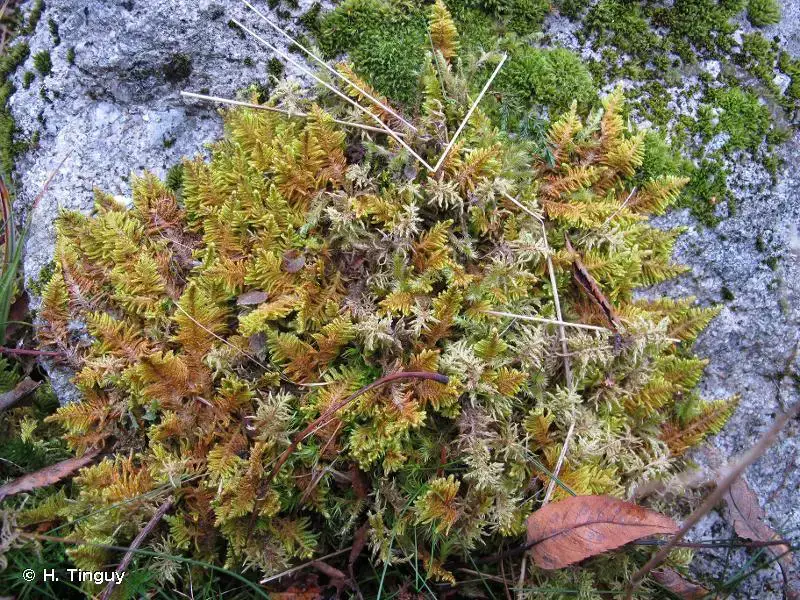
169395.jpg from: https://inpn.mnhn.fr/espece/cd_nom/6105
Introduction
In the vast and captivating world of bryophytes, one particular moss species stands out as a true marvel – the Ptilium crista-castrensis (Hedw.) De Not., commonly known as Ptilium. This unassuming yet fascinating member of the Pylaisiaceae family has captured the hearts and minds of moss enthusiasts worldwide, offering a unique glimpse into the intricate tapestry of nature’s smallest wonders.
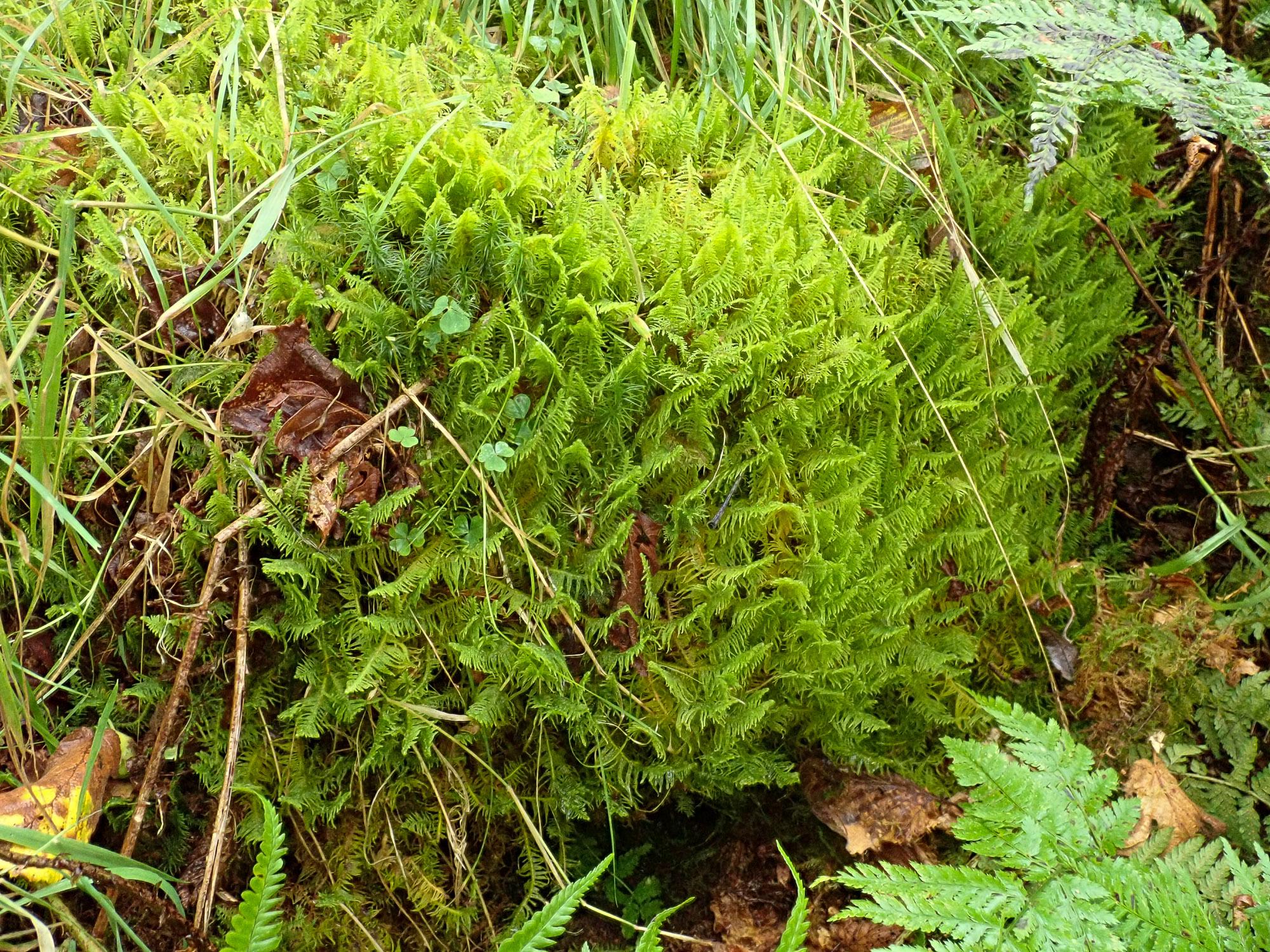
2021-09-14-12-14-42.jpg from: https://www.britishbryologicalsociety.org.uk/learning/species-finder/ptilium-crista-castrensis/
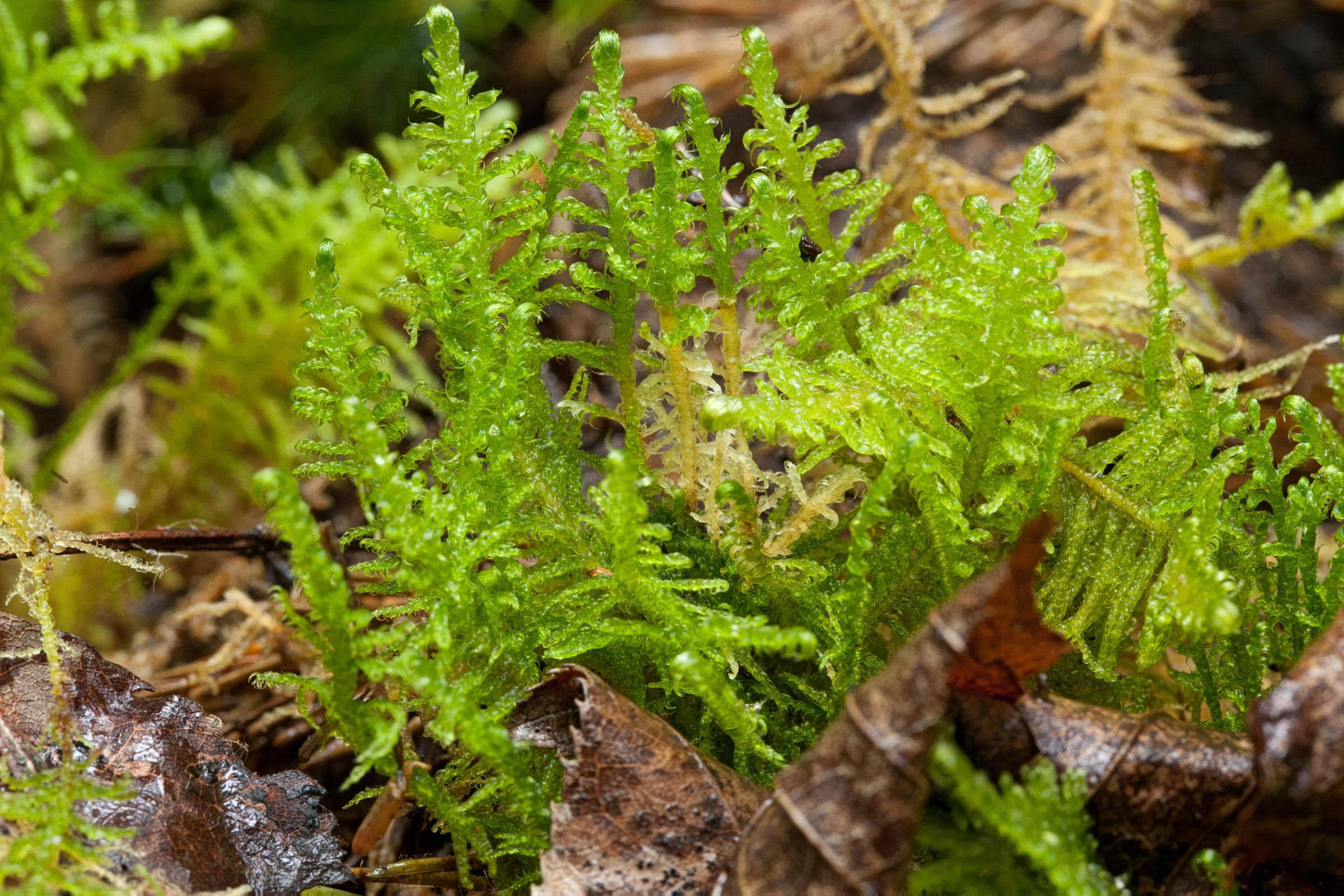
Ptilium-crista-castrensis-3.jpg from: https://ohiomosslichen.org/ptilium-crista-castrensis-3/
Background
Before delving into the intricacies of this remarkable moss, it’s essential to understand its place within the broader context of bryophytes. These non-vascular plants, which include mosses, liverworts, and hornworts, are often overlooked but play a crucial role in various ecosystems. They are among the oldest land plants on Earth, with fossil records dating back over 400 million years, making them true survivors and adaptors in the ever-changing landscape of our planet.
Main Content
Morphology and Identification
The Ptilium crista-castrensis (Hedw.) De Not. is a pleurocarpous moss, meaning its stems grow horizontally along the substrate. Its delicate, feathery appearance is one of its most striking features, with slender, curved leaves arranged in a spiral pattern around the stem. These leaves are typically lanceolate in shape, with a distinctive crista-castrensis (crest-like) appearance that gives the moss its specific epithet.
Identifying this moss can be a delightful challenge for enthusiasts, as its intricate details require a keen eye and a magnifying lens. The Ptilium is dioicous, meaning that male and female reproductive structures are found on separate plants, adding an extra layer of complexity to the identification process.
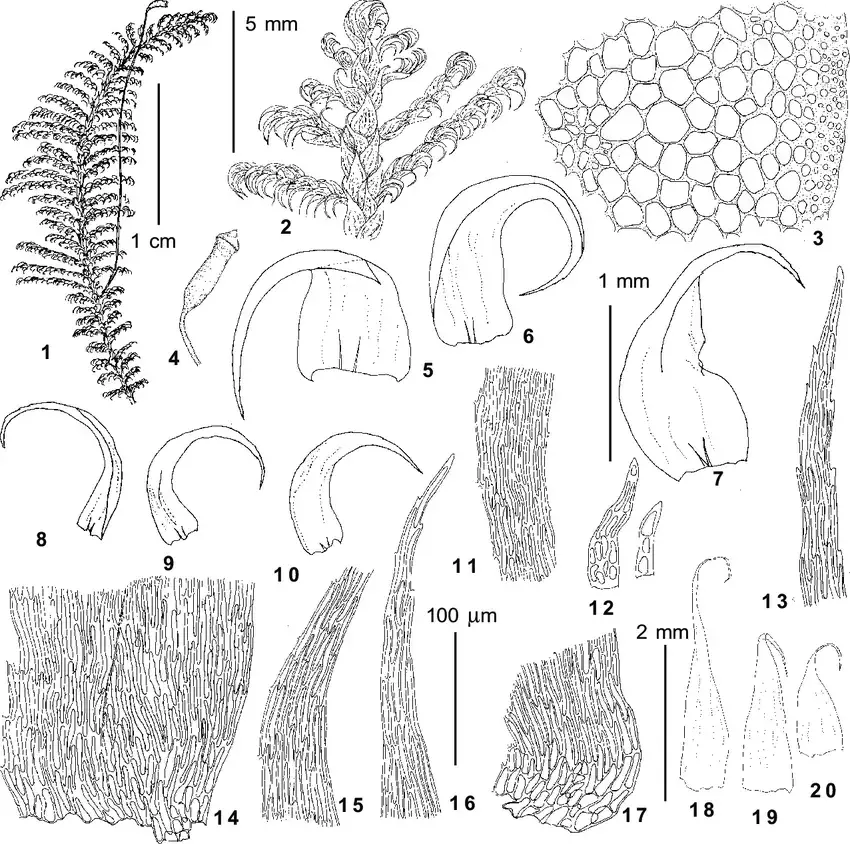
Ptilium-crista-castrensis-Hedw-De-Not-from-Kayakkatuyarykskij-Creek-1760-m-Ignatov.png from: https://www.researchgate.net/figure/Ptilium-crista-castrensis-Hedw-De-Not-from-Kayakkatuyarykskij-Creek-1760-m-Ignatov_fig12_274301325
Global Distribution and Habitat
This remarkable moss species has a widespread distribution, found across various regions of the Northern Hemisphere, including North America, Europe, and Asia. It thrives in cool, moist environments, often found in coniferous and mixed forests, where it forms lush, verdant carpets on the forest floor, decaying logs, and even on the bark of trees.
The Ptilium crista-castrensis (Hedw.) De Not. is particularly well-adapted to these habitats, exhibiting a remarkable tolerance for low light conditions and the ability to retain moisture, making it a resilient and hardy species.
Ecological Roles and Adaptations
Despite its diminutive size, the Ptilium plays a vital role in the ecosystems it inhabits. Its dense mats act as a sponge, absorbing and retaining moisture, creating a microhabitat for a diverse array of microscopic organisms, including tardigrades, rotifers, and various invertebrates.
Moreover, this moss species contributes to the nutrient cycling process, breaking down organic matter and releasing essential nutrients back into the soil, supporting the growth of other plants and maintaining a balanced ecosystem.
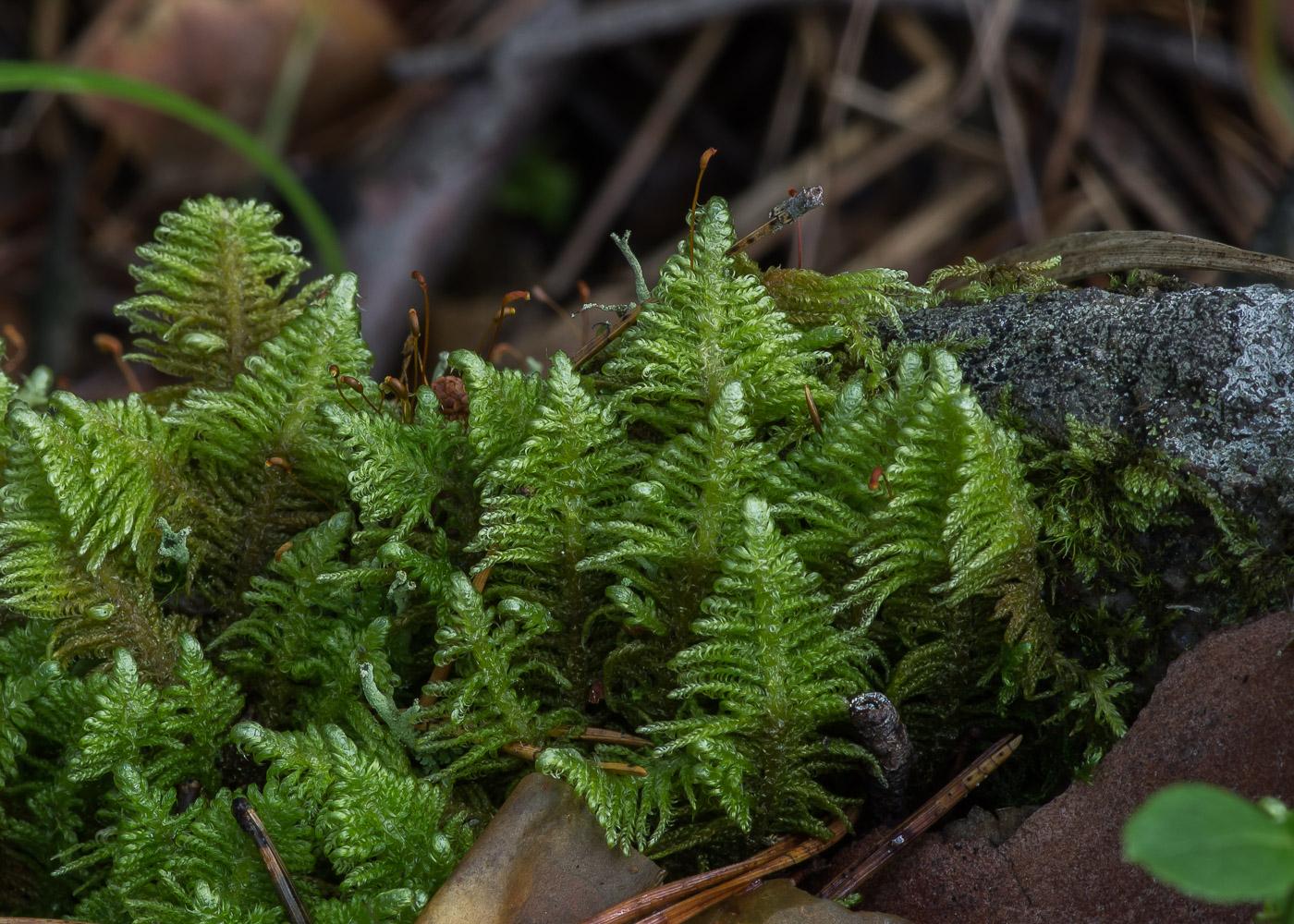
596493_355d1641.jpg from: https://www.plantarium.ru/page/image/id/596493.html
One of the most fascinating adaptations of the Ptilium crista-castrensis (Hedw.) De Not. is its ability to undergo desiccation and revive itself when moisture becomes available again. This remarkable trait, known as poikilohydry, allows the moss to survive periods of drought, making it a true survivor in ever-changing environmental conditions.
Case Studies/Examples
In a recent study conducted in the Pacific Northwest region of North America, researchers discovered that the Ptilium crista-castrensis (Hedw.) De Not. played a crucial role in maintaining the moisture levels and nutrient cycling within old-growth forests. The dense mats of this moss species were found to harbor a diverse community of microorganisms, contributing to the overall health and resilience of the ecosystem.

ptilium-crista-castrensis-the-knights-plume-moss-or-ostrich-plume-feathermoss-2E2A4G1.jpg from: https://www.alamy.com/ptilium-crista-castrensis-the-knights-plume-moss-or-ostrich-plume-feathermoss-image397290881.html
Technical Table
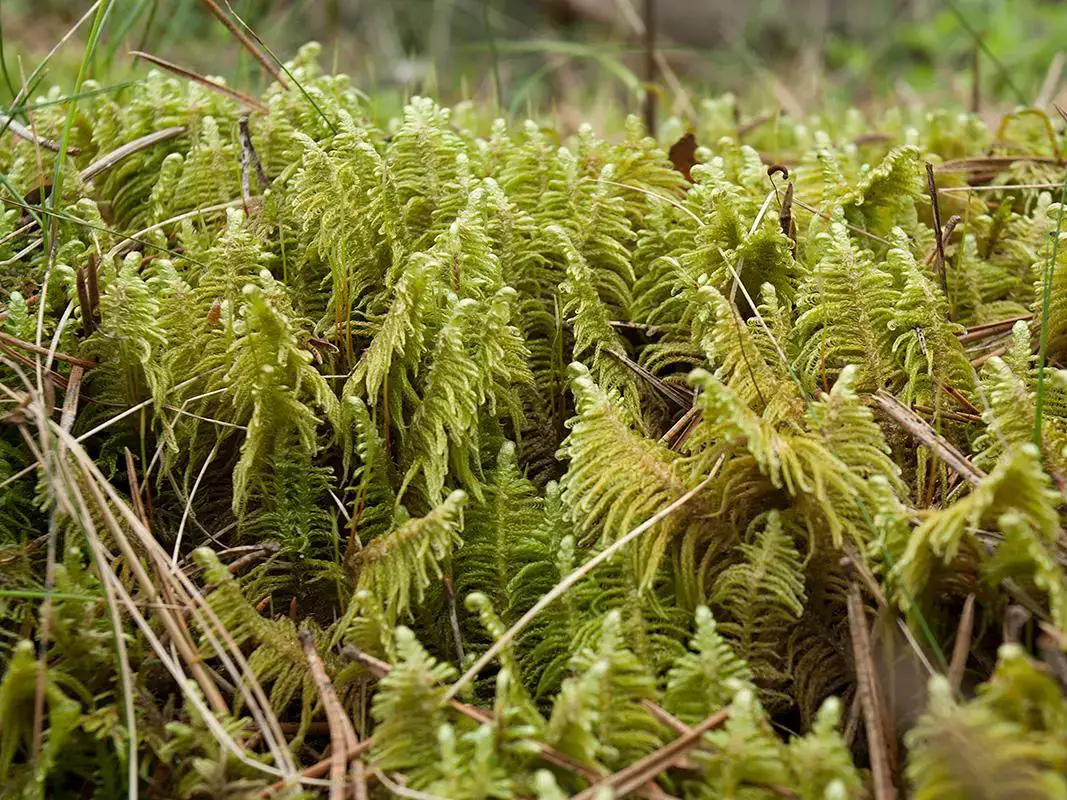
457529_1d2f0437.jpg from: https://www.plantarium.ru/page/image/id/457529.html
| Characteristic | Description |
|---|---|
| Scientific Name | Ptilium crista-castrensis (Hedw.) De Not. |
| Family | Pylaisiaceae |
| Common Name | Ptilium |
| Growth Form | Pleurocarpous |
| Leaf Shape | Lanceolate
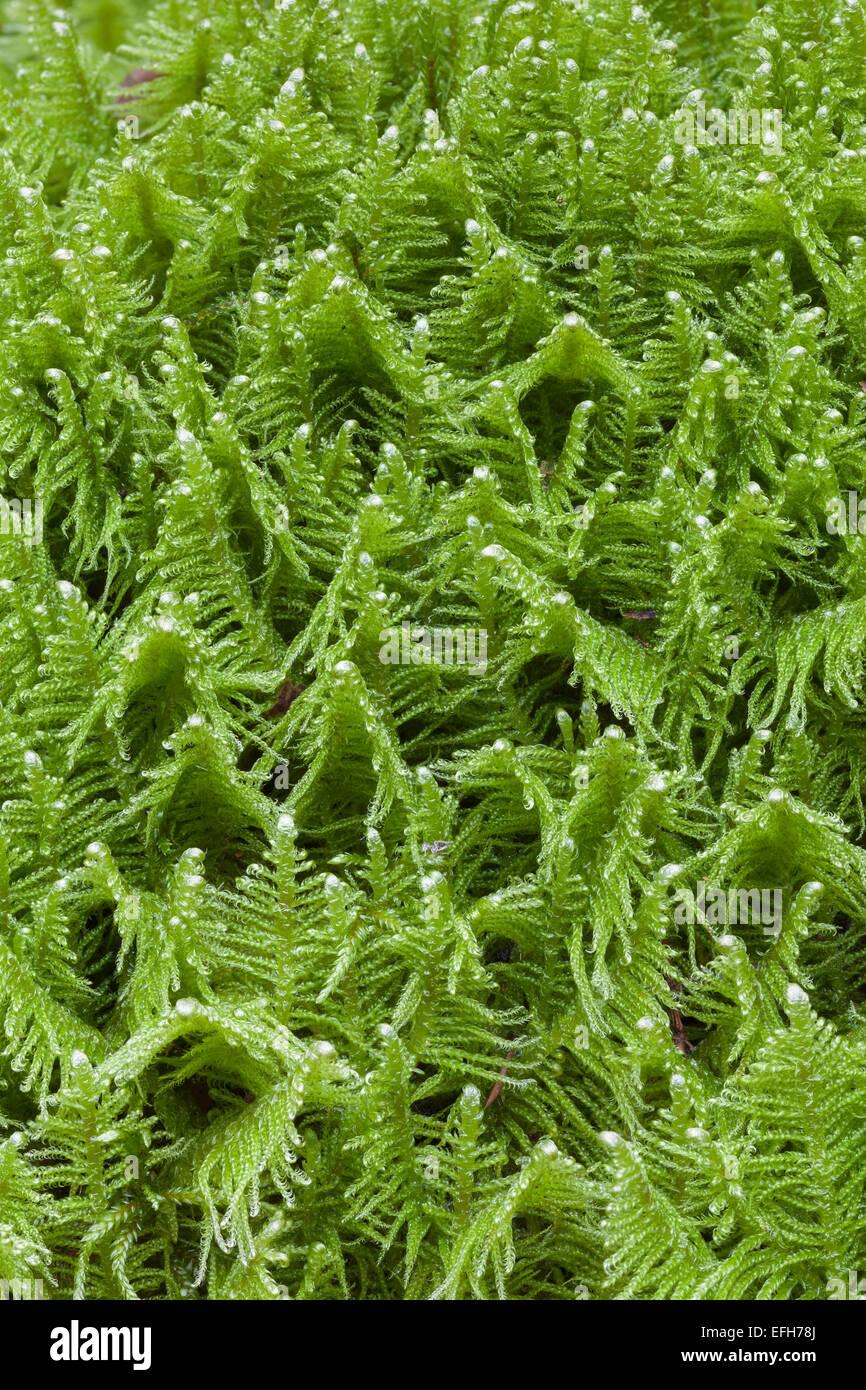 knights-plume-ptilium-crista-castrensis-EFH78J.jpg from: https://www.alamy.com/stock-photo-knights-plume-ptilium-crista-castrensis-78440226.html |
| Sexuality | Dioicous |
| Habitat | Coniferous and mixed forests, decaying logs, tree bark |
| Distribution | Northern Hemisphere (North America, Europe, Asia) |
| Adaptations | Poikilohydry, moisture retention, low light tolerance |
Conclusion
The Ptilium crista-castrensis (Hedw.) De Not., or Ptilium, is a true marvel of the bryophyte world, showcasing the incredible diversity and resilience of these often-overlooked plants. From its delicate feathery appearance to its vital ecological roles, this moss species serves as a reminder of the intricate tapestry that nature weaves, where even the smallest organisms play a crucial part.
As we continue to explore and appreciate the wonders of the natural world, perhaps the Ptilium can inspire us to look closer, to appreciate the beauty and complexity that surrounds us, and to recognize the interconnectedness of all living beings, no matter how small or seemingly insignificant they may appear.

679961_5d1a8440.jpg from: https://www.plantarium.ru/page/image/id/679961.html
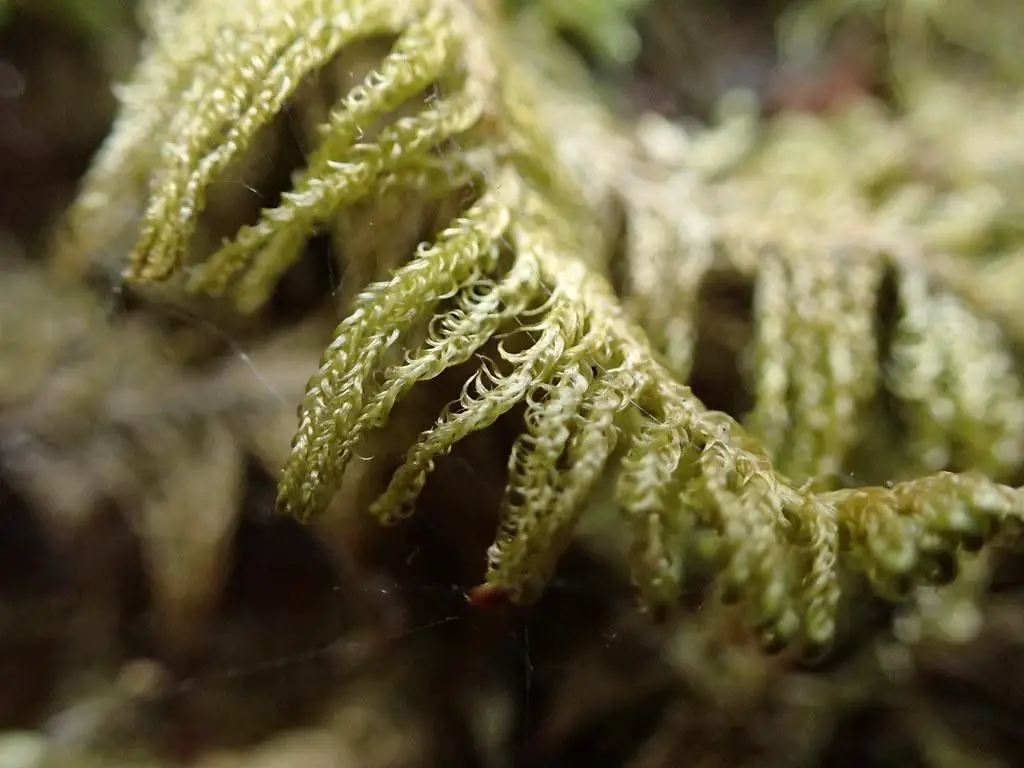
51676813805_fe94755dbc_b.jpg from: https://www.flickr.com/photos/herbier/51676813805/
Ponder this: In a world where we often overlook the smallest wonders, what other marvels might we be missing, and how can we cultivate a deeper appreciation for the intricate tapestry of life that surrounds us?